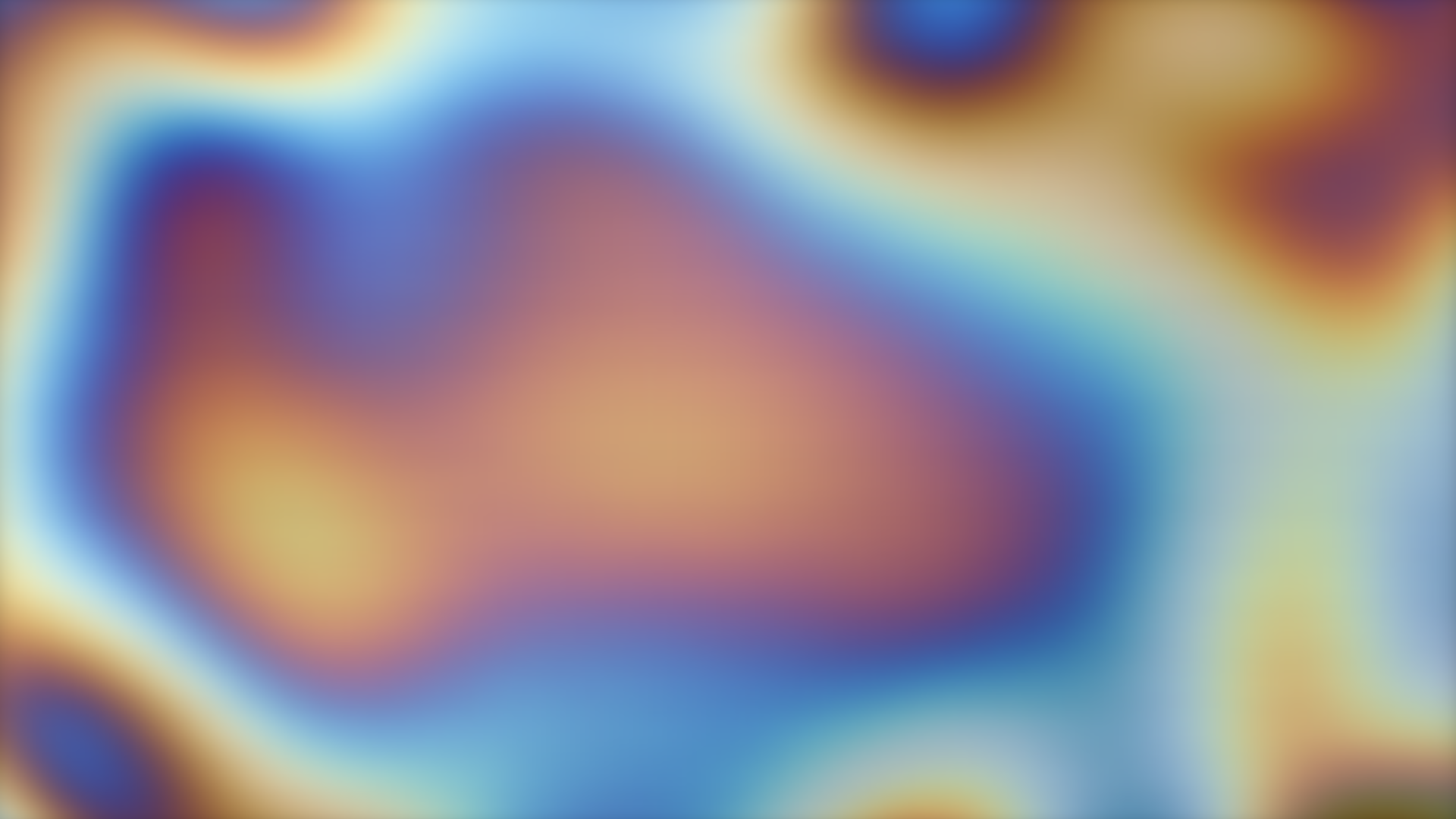About Memory
Memory is not linear playback but spatial sculpture—overlapping fields of sensation that map our inner geography. What happens when we witness our own minds creating these markers of meaning?

A major theme in our fascination with time is memory itself.
What is this phenomenon, really?
In our linear conception of time, memories feel like bookmarks in a chronological photo album. But when you actually venture back into your own memories, you quickly realize this isn't like rewinding a VHS tape. The experience defies such mechanical metaphors.
Take a moment now to enter your own memories. How does it feel?
For me, it's anything but linear or two-dimensional. It feels spatial—overlapping fields that blend into one another. Compositions of sensory impressions with permeable edges. Some are larger, some glow with brighter colors, some carry sound. It's less like flipping through pages and more like wandering through rooms in a house built from sensation.
Adaption of "Gradient Garden" by MarioDeMeyer licensed CC BY from Scenery.io
The Feedback Loop of Being
Psychology Today tells us that "memory serves many purposes, from allowing us to revisit and learn from past experiences to storing knowledge about the world and how things work. More broadly, a major function of memory in humans and other animals is to help ensure that our behavior fits the present situation and that we can adjust it based on experience."
Memories, then, serve as our reference library for the feedback loop through which we navigate reality. We have an experience, remember it, and can reference that lived knowledge in future moments. This creates an image of memory as cartography—our personal map that charts us as individuals, marking the territory of who we are.
Neuroplasticity as Sculpture
Memory storage involves changes in the brain's neural networks, where neurons connect through synapses bound by neurotransmitters to form larger patterns. Memory is literally neuroplasticity—sculpture happening inside our heads, each experience carving new pathways or deepening existing ones.
This understanding transforms how we might relate to the very act of remembering.
The Moment of Witnessing
Do you ever find yourself in the middle of an experience, already knowing you'll remember this moment for a long time?
Certainly this happens during events that contrast sharply with what came before—first experiences, departures, arrivals. But sometimes it's something completely ordinary that carries this prescient quality, where you sense that this feeling, this exact configuration of light and air and presence, will stay with you.
For me, these are beautiful moments because I feel like I'm witnessing my own cognitive process in real time—something that usually happens below the radar of consciousness. I'm attending my personal history-making, observing the moment when experience crystallizes into memory.
I'm painting us a point now ⚫️ in this very sentence.
How long will we remember this little dot of attention? This marker of shared presence?
